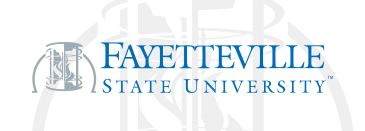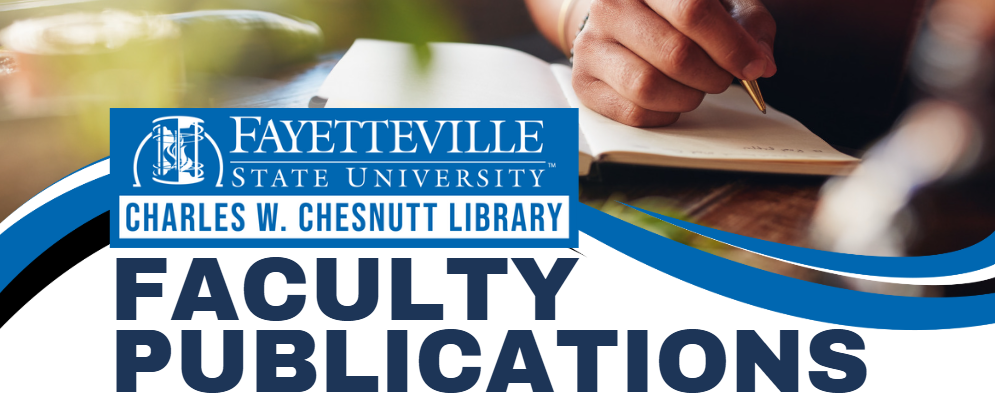Design of a telemetric gait analysis insole and 1-D convolutional neural network to track postoperative fracture rehabilitation
Document Type
Conference Proceeding
Publication Date
3-9-2021
Abstract
Accurate and objective monitoring of a fracture’s healing process is both essential to patient quality of care, as well as determination of the chances of nonunion and postoperative intervention. In recent years, due to industrialization, injury rates in developing countries, notably road traffic injuries (RTIs), have drastically increased. This has led to many fracture patients in ill-equipped countries, such as Kenya with only 60 orthopedic surgeons for a population of 36.9 million, not having any rigorous rehabilitation protocol or quality postoperative care. This work focuses on the development of a telemetric gait analysis insole that works in conjunction with a mobile application and convolutional neural network. This technique automates the tedious process of tracking postoperative fracture rehabilitation by analyzing ground reaction forces (GRFs) of patients which correlate well with weight-bearing ability, fracture healing, and delayed union. 4 force-sensitive resistors (FSRs) are placed in the insole under the primary areas for force measurement. An Arduino microcontroller compiles the data and sends it to a Python program via a Bluetooth module. The Python program performs peak analysis on the data to determine the average peak Vertical Ground Reaction Force (VGRF) of the strides to measure if a patient is properly healing. As a further step, we employ a 1D-CNN to differentiate between healed and healing patients to automatically find which patients have nonunions. With these methodologies we are able to automatically diagnose rural patients with nonunions based on only ground reaction force measurements at minimal costs and without an on-site physician.
Recommended Citation
Boompelli, Saathvik A. and Bhattacharya, Sambit, "Design of a telemetric gait analysis insole and 1-D convolutional neural network to track postoperative fracture rehabilitation" (2021). College of Health, Science, and Technology. 793.
https://digitalcommons.uncfsu.edu/college_health_science_technology/793


